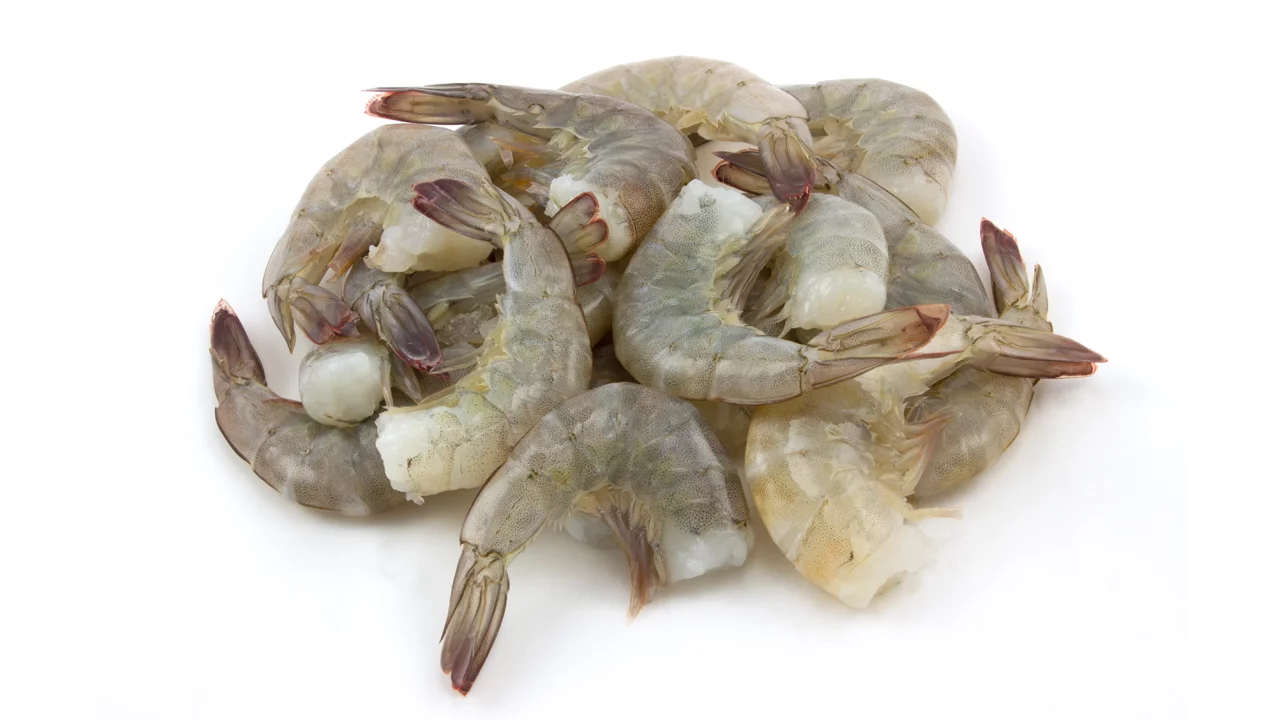White shrimp, scientifically referred to as Penaeus indicus or more commonly known as Jinga Shrimp, occupies a prominent position among shrimp species due to its substantial size and exceptional quality. It stands as the second most important species after the tiger and banana shrimp varieties in terms of both culinary appeal and regional distribution.
What makes white shrimp particularly noteworthy is its extensive geographic range. These shrimp populations flourish abundantly in multiple coastal regions, encompassing the waters of Khuzestan, Hormozgan, the vicinity of the Jask basin, and extending as far as the waters near Bushehr. This wide distribution is a testament to the adaptability and resilience of this species within diverse marine ecosystems.
The thriving presence of white shrimp contributes significantly to the ecological balance and marine biodiversity of these regions. It plays a pivotal role in maintaining the delicate equilibrium of the aquatic food chain, further emphasizing its ecological importance.
From an economic perspective, white shrimp plays a crucial role in the local fishing industry, bolstering the livelihoods of countless fishermen and communities along the Persian Gulf coast. The capture and trade of white shrimp are integral to the economic well-being of these coastal regions, creating employment opportunities and supporting the local economy.
Culinary enthusiasts value white shrimp for its succulent and tender meat, making it a sought-after ingredient in a wide array of seafood dishes. Whether grilled, fried, sautéed, or featured in intricate seafood recipes, the white shrimp’s mild and sweet flavor profile elevates the dining experience.
In summary, the white shrimp, known as Jinga Shrimp, is not only a seafood delicacy but also a species of ecological significance and economic importance within the coastal regions of Khuzestan, Hormozgan, Jask basin, and Bushehr. Its presence symbolizes the rich marine biodiversity and the intricate relationship between nature, human reliance on aquatic resources, and the culinary heritage of the Persian Gulf.

